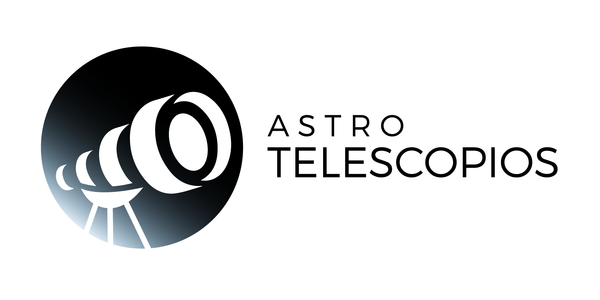
Which telescope should you buy? 7 things you should know before buying
A telescope is a long-term investment, so you'll need to do your research, learn the terminology, and consider your needs. For example, do you want a telescope to observe planets or are you interested in "deep sky" objects? Those intentions will help you determine which telescope to get.
Power is overrated
A good telescope is not just about its power. 300x magnification sounds great, but there's a problem: while high magnification makes an object appear larger, the light collected by the viewfinder is distributed over a larger area, creating a dimmer image in the eyepiece. . Sometimes a lower magnification power provides a better viewing experience, especially if observers are looking at objects that are scattered across the sky, such as clusters or nebulae.
Additionally, a tube with a "high power" magnification has specific requirements for eyepieces, so you will need to research which eyepieces work best with a given instrument.
Eyepieces
Any new telescope should have at least one eyepiece, and some are sold with two or three. An eyepiece is rated by millimeters, with smaller numbers indicating higher magnification. A 25 millimeter eyepiece is common and appropriate for most beginners.
Like magnification power, a high power eyepiece does not necessarily mean better viewing. For example, it may allow you to see details in a small group, but if used to look at a nebula, it will only show part of the object.
It is also important to remember that while a higher magnification eyepiece may provide more detail, it may be more difficult to keep an object in view. To obtain more stable vision in such cases, you may need to use a motorized mount, i.e. a mount with a GoTo system for example. A lower magnification eyepiece makes it easier to find objects and keep them in view. It will also require less light, making it easier to see dimmer objects.
High- and low-power eyepieces each have their place in observing, so their value depends on the interests of the stargazer.
Refractor Versus Reflector: What's the Difference?
The two most common types of telescopes available to hobbyists are refractors and reflectors. A refracting telescope uses two lenses. The larger of the two, called the "target", is at one end; the lens through which the observer looks, called the "eyepiece", is in the other.
opening size
The aperture of a telescope refers to the diameter of the objective lens of a refractor or the objective mirror of a reflector. The size of the aperture is the real key to the "power" of a telescope: its size is directly proportional to the telescope's ability to collect light. And the more light a scope can gather, the better the image an observer will see.
However, that doesn't mean you should simply buy the telescope with the largest aperture you can find. If your reach is inconveniently large, you're less likely to use it. Typically, 2.4-inch (60 millimeters) and 3.1-inch (80-millimeter) refractors and 4.5-inch (114-millimeter) and 6-inch (152-millimeter) reflectors are popular with hobbyists.
Focal ratio
The aperture ratio of a telescope is the correlation between the objective aperture and the focal length. For example, a telescope with a 100mm aperture and 1000mm focal length will have an aperture ratio of f/10. The focal length is 10 times the aperture.
Mount
A telescope mount is a support that keeps it stable. While it may seem like an extra accessory, it is just as important as the tube and optics. It is extremely difficult, if not impossible, to see a distant object if the telescope wobbles even in the slightest, so a high-quality telescope mount is a good investment.
There are essentially two types of mounts: altazimuthal and equatorial.
Altazimut is similar to a camera tripod. Allows the telescope to move up and down (altitude) and forward and backward (azimuth).
Equatorial mounts are more complex: they are designed to track the movement of objects in the sky. High-end equatorials come with a motor to follow the earth's rotation, keeping an object in the field of view longer. Many equatorial mounts come with small computers that automatically point the scope.
Where you shop is important
As with any other product, it is true that with telescopes you get what you pay for. A cheap telescope from an unrecognized brand or non-specialized store will surely not meet your expectations.
This doesn't mean you should empty your bank account; You can find a good telescope if you get the right advice based on your budget. However, it is important to ignore cheap deals at stores that do not specialize in telescopes and will give you a low-quality viewing experience. Your strategy should be to buy the best one for your budget.
Being an informed consumer is key. Read about different scopes, both in telescope books and in online articles about the tools you need for stargazing. And don't be afraid to ask questions once you're in the store and ready to buy.
Our team is ready to answer your questions before your purchase and after!
